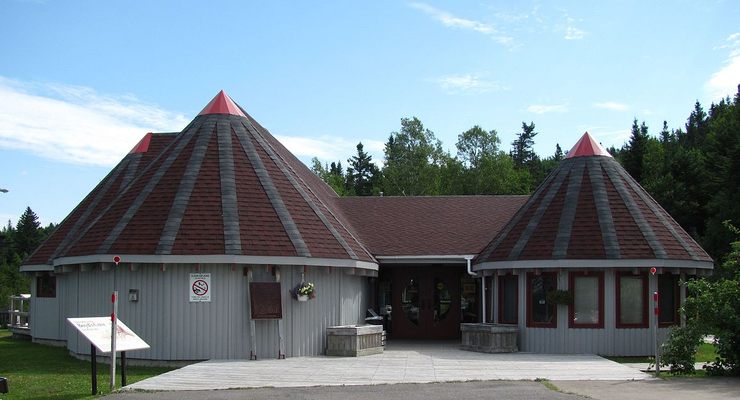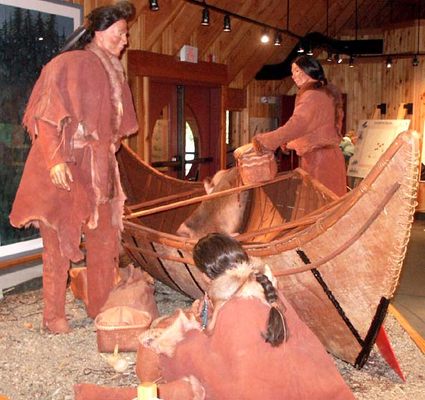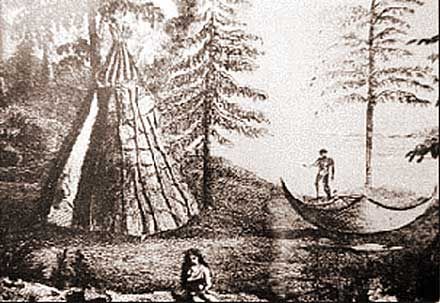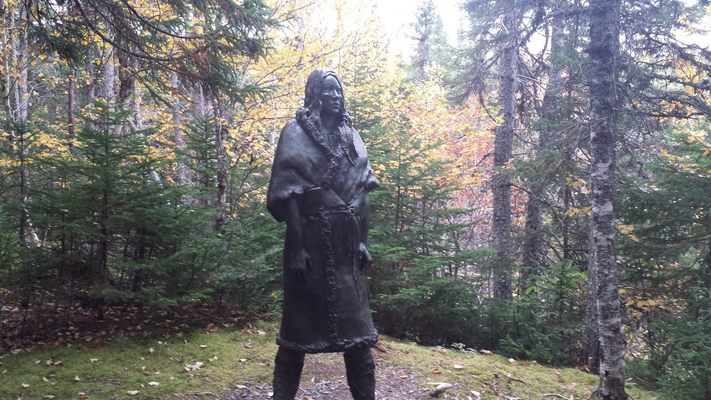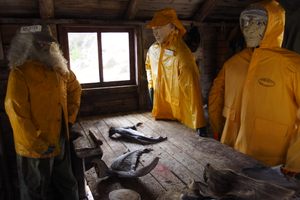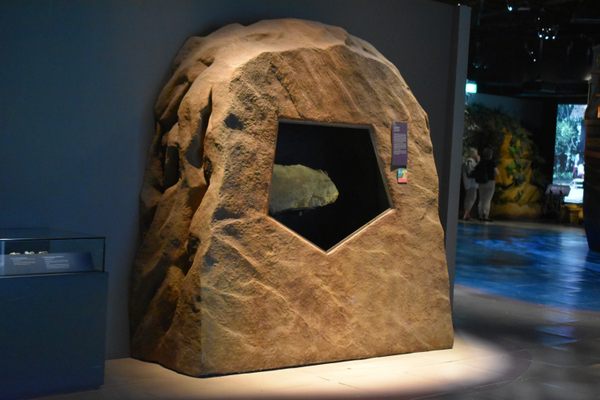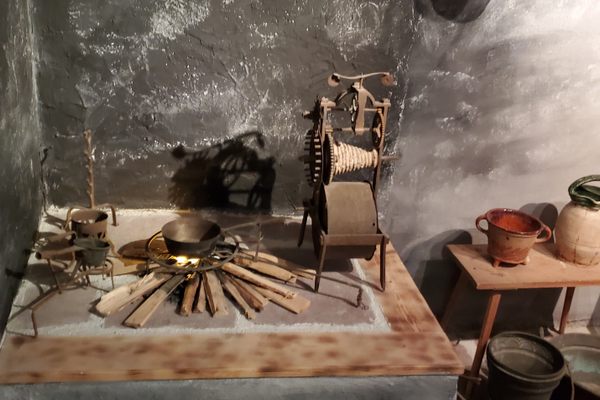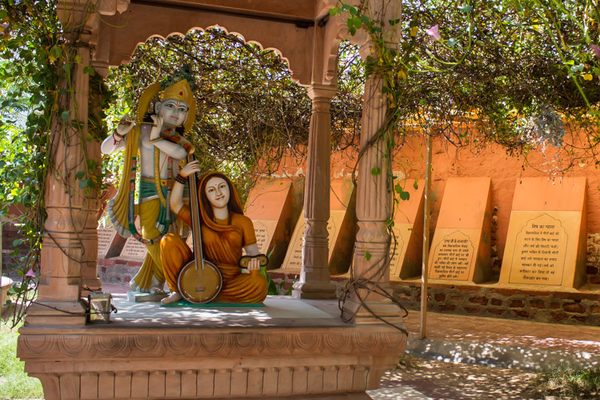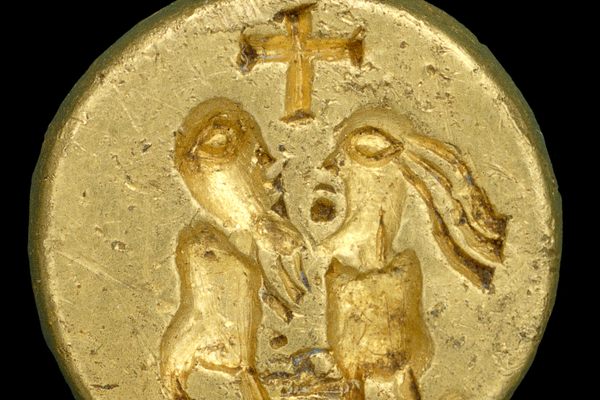About
Shanawdithit was a young woman when she witnessed the deaths of every member of her community, one by one. Some were shot by British colonists. Some died of European diseases. Some starved, as her people’s territory and way of life was encroached upon by colonists. By the time she was 28 years old, Shanawdithit was the last of the indigenous Beothuk people of what is now Newfoundland.
A semi-nomadic people, the Beothuk lived off the land, hunting caribou and seal, fishing for salmon and collecting shellfish. They made temporary conical birch houses as they travelled, and lived off nature’s abundance.
But in one of the saddest and most unforgivable chapters in Canadian history, the Beothuk people died out in 1829 when Shanawdithit passed away. The European colonists both actively and passively contributed to the genocide. Some were killed, almost as sport, by colonists like John Peyton and his son John Peyton Jr.
John Peyton Jr. killed Shawnadithit’s uncle, Chief Nonosbawsut, and captured her aunt Demasduwit in 1819. By this time, there were only about 30 Beothuks left. A few years later, in 1823, Shanawdithit was taken to work at the Peytons, after her Mother and sister died of tuberculosis. Her Father had died some years before in an accident, and most of her extended family had died from starvation, illness, or murder.
An explorer and humanitarian, William Epps Cormack, was one of the people who became concerned that all knowledge of the Beothuk would soon be lost. He brought Shanawdithit to St. John’s, where she learned English and drawing. The maps, drawings, and stories she created are the last records of her people. When Cormack left Newfoundland, she gave him a lock of her hair and two stones from the lake where she had once lived—small symbols of a once proud and prosperous people.
In 1829, when she was only 28 years old, Shawnadithit died of tuberculosis at a naval hospital in St. John’s. The last of her people, the Beothuk died with her.
The exact site of Shanawdithit's burial is not known. A monument erected at an Anglican church in St. John’s reads that “Near this spot is the burying place of Nancy Shanawdithit, very probably the last of the Beothuks, who died on June 6, 1829.” However recent excavation has shown that claim is probably wrong. Rather, it is thought she was buried in a naval cemetery. Since that naval cemetery has been located under a paved thoroughfare, it is unlikely her remains will ever be found.
A life-sized bronze statue of Shanawdithit can be found at the Beothuk Interpretation Centre in Boyd's Cove, a museum dedicated to the extinct tribe. From the centre, a trail to leads to an archeological site where an outline of housepits is the only evidence of the Beothuk people who once lived there.
Related Tags
Community Contributors
Added By
Published
March 20, 2018
